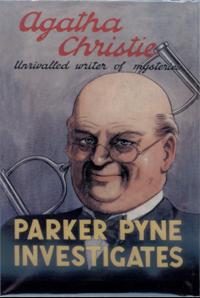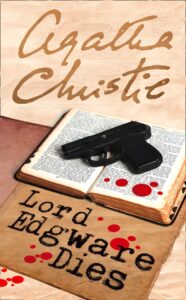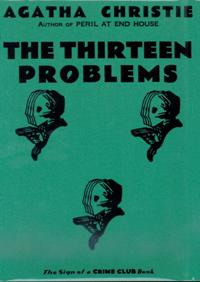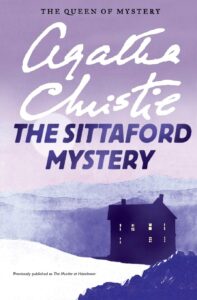
Three Act Tragedy: “Mr. Satterthwaite sat on the terrace of ‘Crow’s Nest’ and watched his host, Sir Charles Cartwright, climbing up the path from the sea.”
Also Published As: Murder in Three Acts
Detective: Hercule Poirot
Amateur Detectives: Mr. Satterwaite, Sir Charles Cartwright, Hermoine “Egg” Lytton
Published: 1934
Length: 224 pages
Setting: Cornwall, Monte Carlo,




 Murder on the Orient Express:
Murder on the Orient Express:



